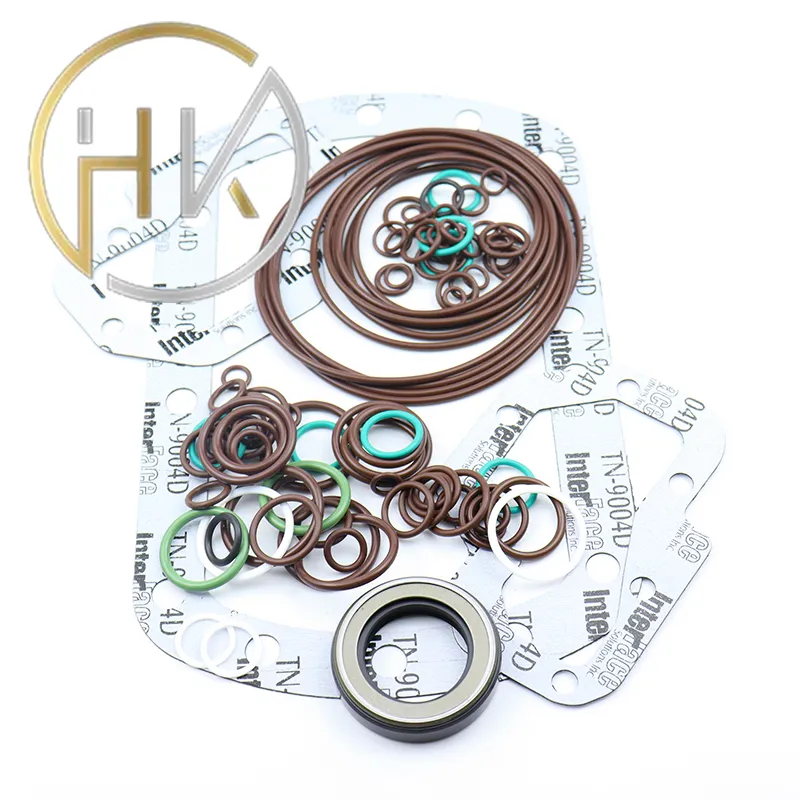Dec . 15, 2024 09:38 Back to list
rear hub oil seal
Understanding Rear Hub Oil Seals Importance, Function, and Maintenance
The rear hub oil seal is a crucial component in vehicles, particularly in those with complex drivetrains and rear-wheel or all-wheel drive systems. It plays an essential role in maintaining the integrity and performance of the vehicle's rear hub assembly. Understanding its function, importance, and maintenance will not only ensure optimal performance but also prolong the life of your vehicle.
What is a Rear Hub Oil Seal?
A rear hub oil seal is a circular component made from rubber or synthetic materials. Its primary function is to prevent oil from leaking out of the hub assembly and to keep dirt, debris, and moisture from entering. The seal fits snugly around the axle and creates a barrier, allowing the lubricating oil to remain inside the hub without spilling over and causing contamination or damage to other parts.
Functions of the Rear Hub Oil Seal
The primary function of the rear hub oil seal is to retain lubrication within the hub assembly. This lubrication is vital for the smooth operation of bearings and various mechanical components. Without proper lubrication, these parts can experience increased friction, leading to wear and tear, overheating, and eventual failure.
Additionally, the rear hub oil seal prevents contaminants like dust, water, and dirt from entering the hub assembly, which can lead to corrosion and further mechanical issues
. By maintaining a clean and lubricated environment, the oil seal ensures that the drivetrain operates efficiently.Importance of Regular Inspection and Maintenance
rear hub oil seal

Like all vehicle components, rear hub oil seals are subject to wear and tear over time. Various factors can contribute to their deterioration, including exposure to extreme temperatures, road conditions, and the overall age of the vehicle. Therefore, regular inspection and maintenance of the rear hub oil seal are crucial.
During routine vehicle checks, mechanics will typically inspect the oil seal for any signs of leakage or damage. Common indicators of a failing oil seal include oil spots beneath the vehicle or a noticeable decrease in lubricant levels. If such signs are detected, it is critical to address the issue immediately to prevent more severe damage to the hub assembly and drivetrain.
Replacing a worn or damaged rear hub oil seal is generally a straightforward task for a trained mechanic. However, neglecting this maintenance can lead to severe complications, including bearing damage, increased friction, and the potential for complete hub failure, which can be dangerous while driving.
Signs of a Failing Rear Hub Oil Seal
Understanding the warning signs of a failing rear hub oil seal can save vehicle owners from costly repairs and unsafe driving conditions. Here are some common symptoms to watch for
1. Oil Spots Frequent spotting beneath the vehicle where it is parked often indicates an oil leak. 2. Unusual Noise Grinding or humming noises from the rear hub may signal that bearings are not being lubricated properly due to seal failure. 3. Increased Heat An overheating rear hub can often result from inadequate lubrication, signaling that the oil seal may be compromised. If any of these signs become apparent, it’s vital to consult with a qualified technician to assess the situation.
Conclusion
The rear hub oil seal may seem like a small component, but its importance in the overall functionality and safety of your vehicle cannot be understated. By understanding its role, conducting regular maintenance, and promptly addressing any issues, vehicle owners can ensure that their drivetrains operate smoothly and efficiently for years to come. Whether you're a car enthusiast or a casual driver, keeping an eye on your rear hub oil seal can save you from significant headaches down the road, making your driving experience safer and more enjoyable.
-
TCN Oil Seal Metal Ring Reinforcement for Heavy Machinery
NewsJul.25,2025
-
Rotary Lip Seal Spring-Loaded Design for High-Speed Applications
NewsJul.25,2025
-
Hydraulic Cylinder Seals Polyurethane Material for High-Impact Jobs
NewsJul.25,2025
-
High Pressure Oil Seal Polyurethane Coating Wear Resistance
NewsJul.25,2025
-
Dust Proof Seal Double Lip Design for Construction Equipment
NewsJul.25,2025
-
Hub Seal Polyurethane Wear Resistance in Agricultural Vehicles
NewsJul.25,2025
-
The Trans-formative Journey of Wheel Hub Oil Seals
NewsJun.06,2025
Products categories
















